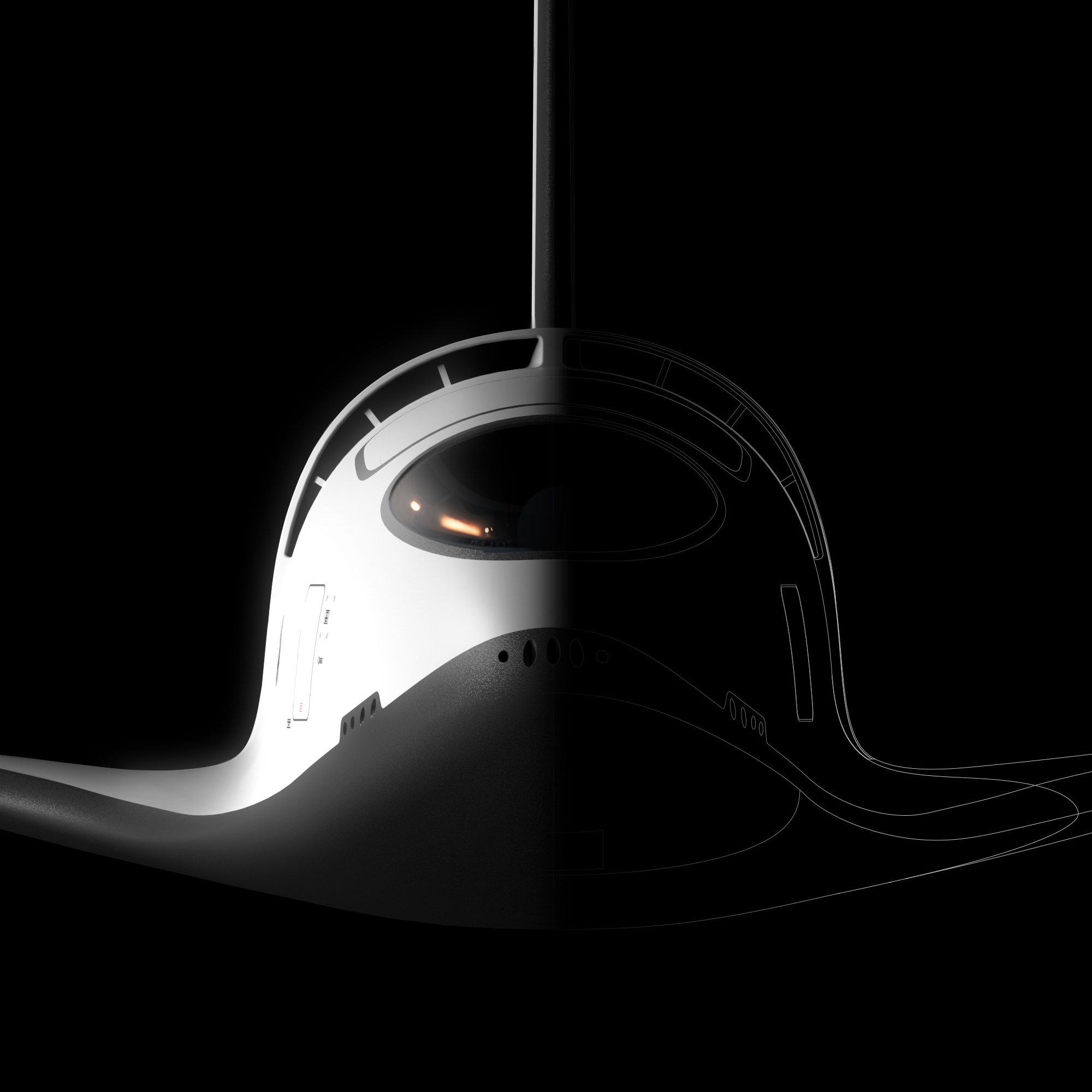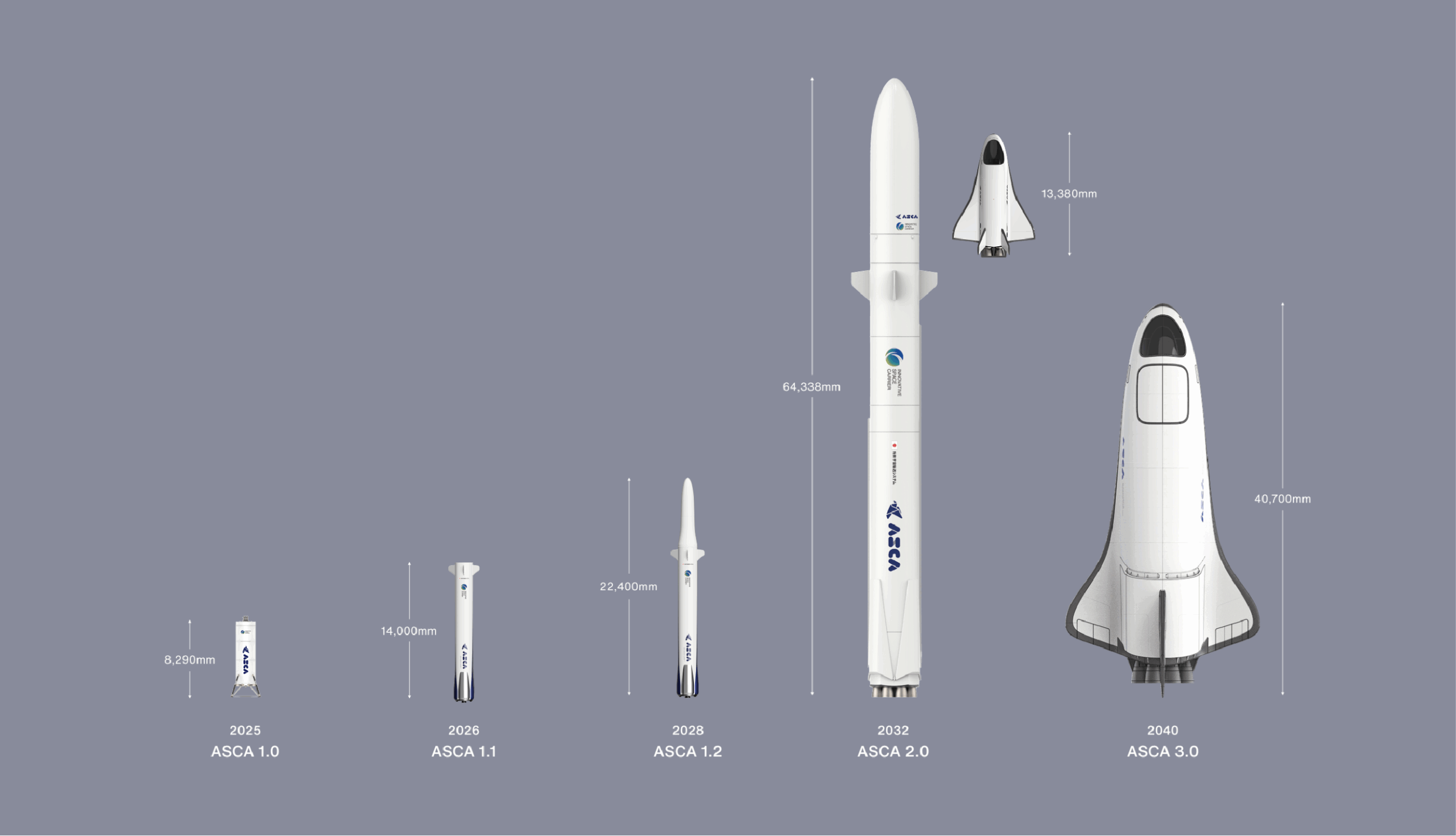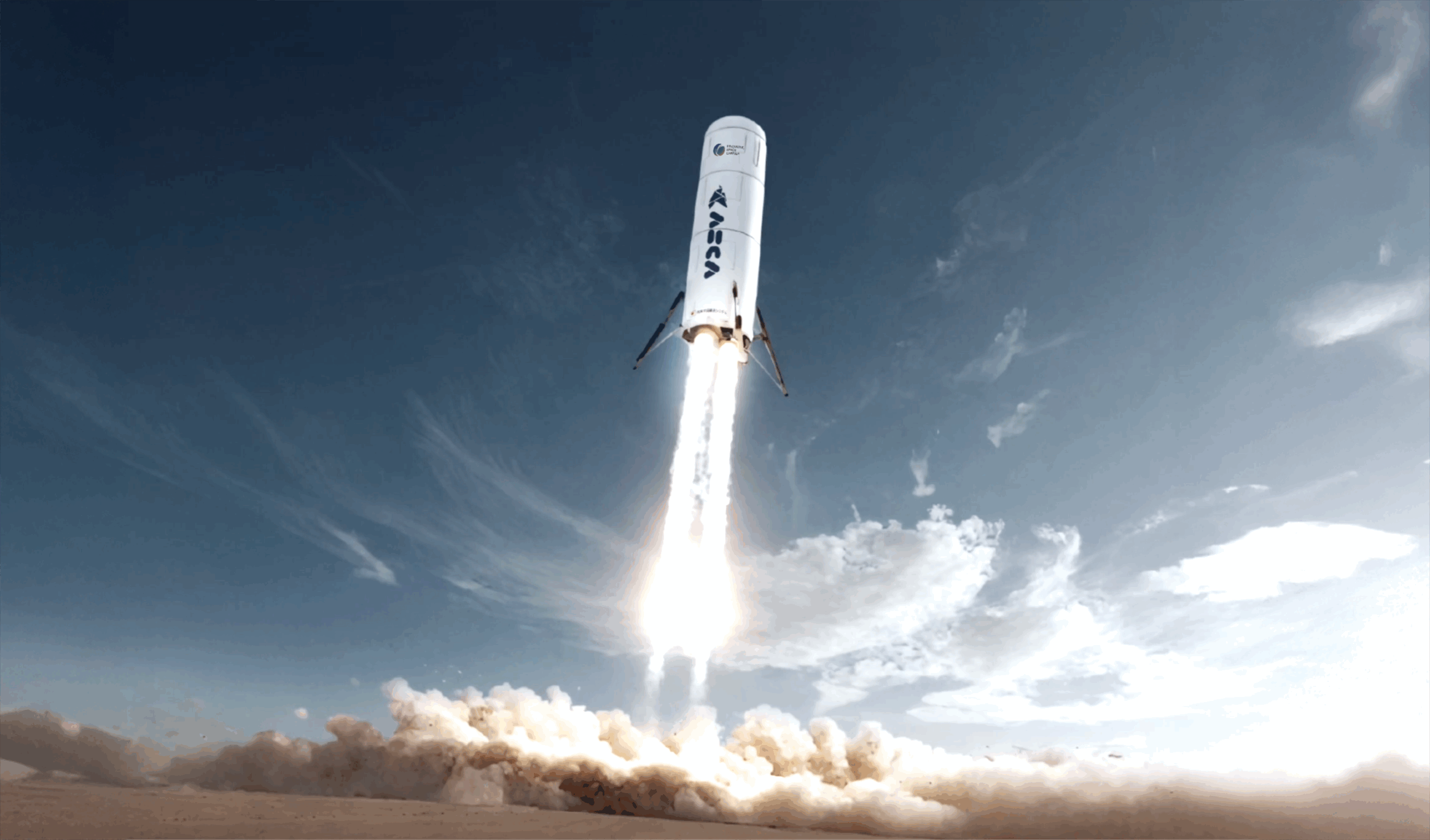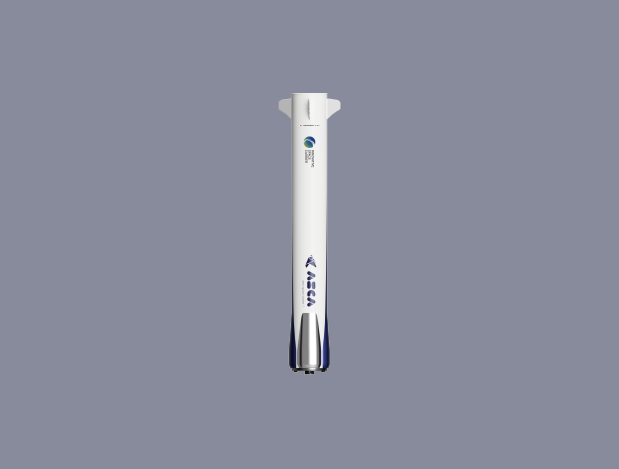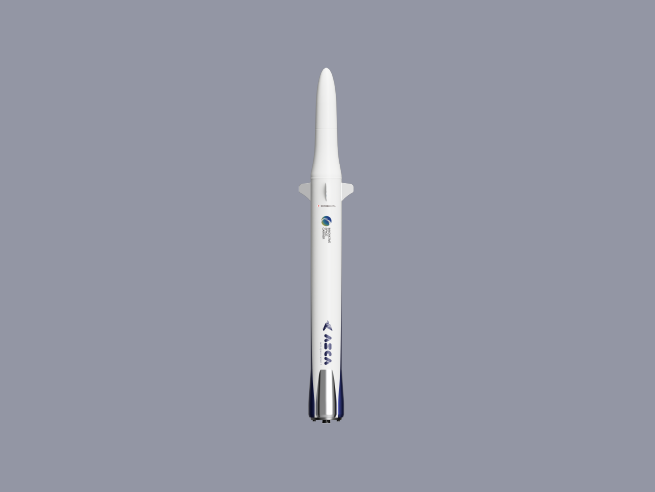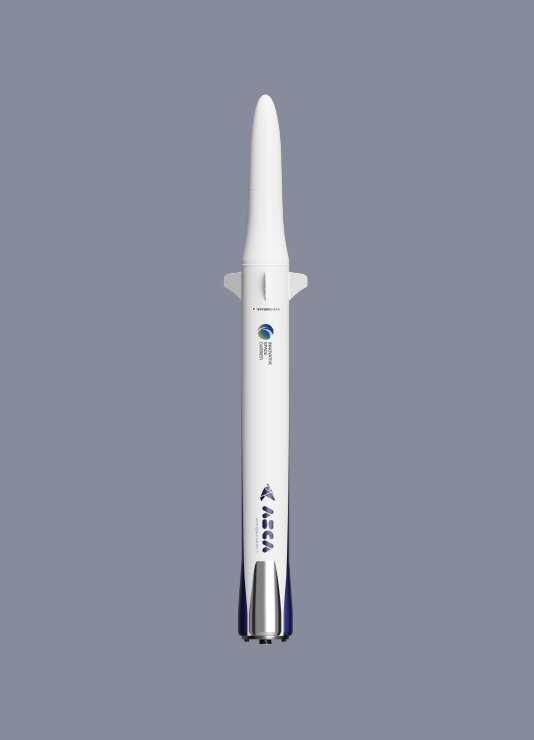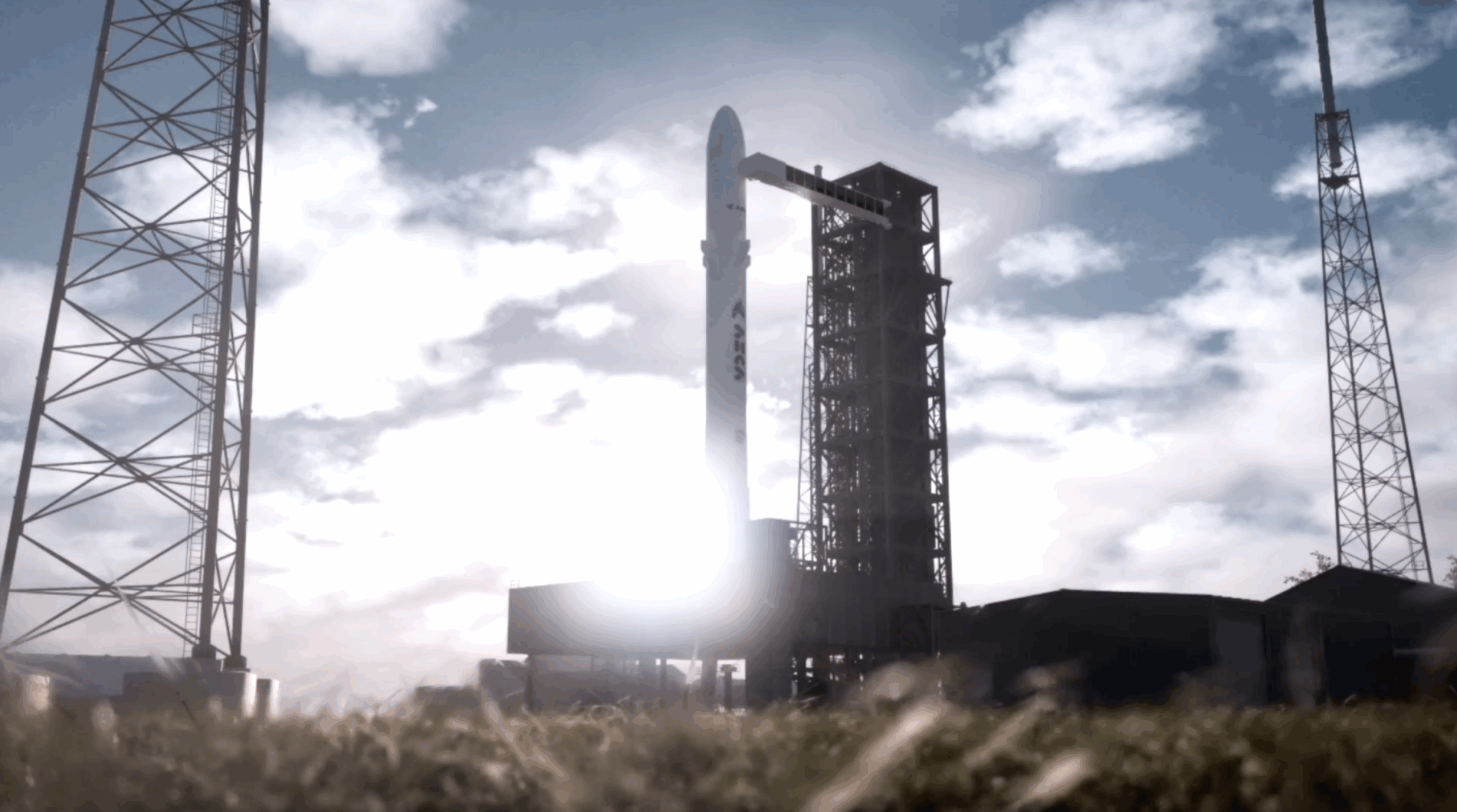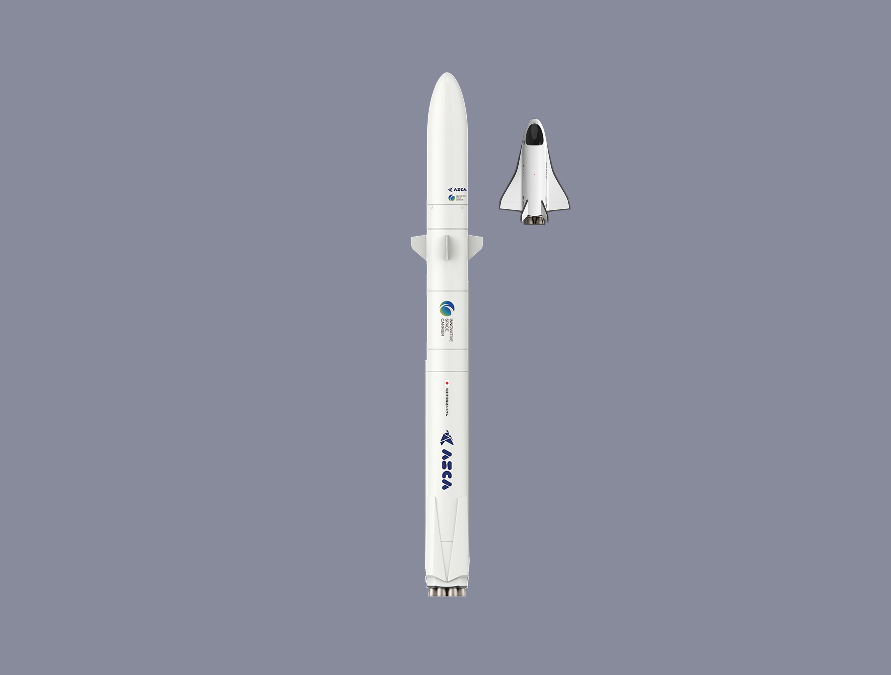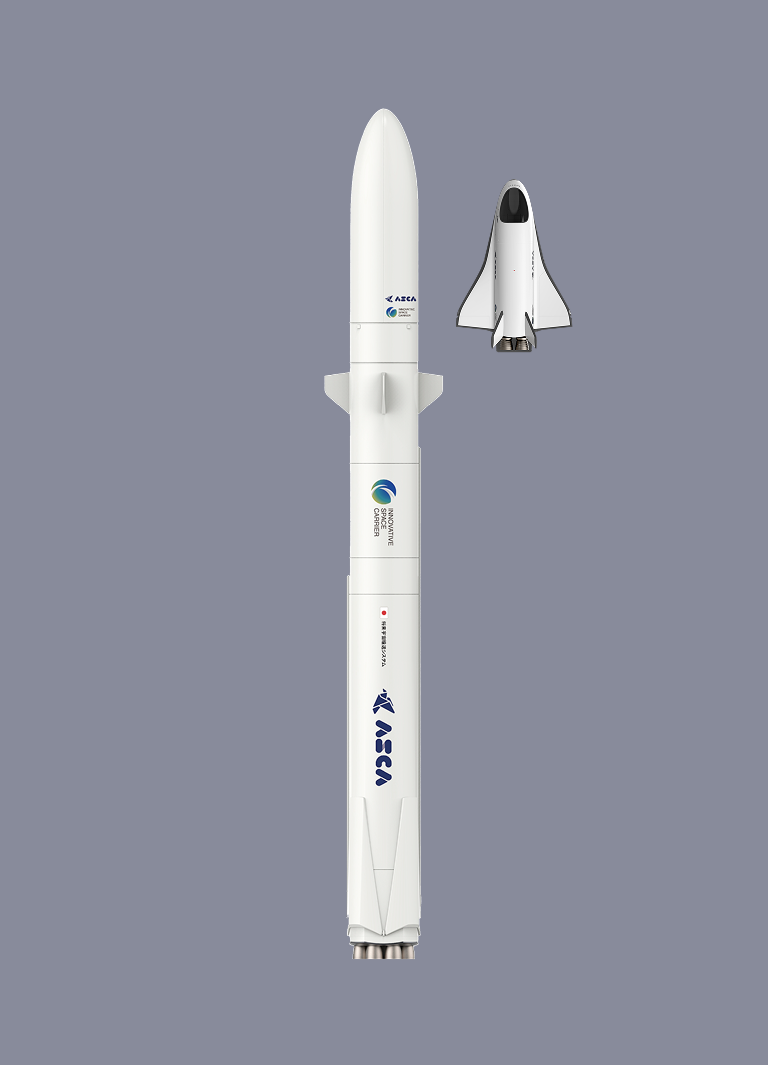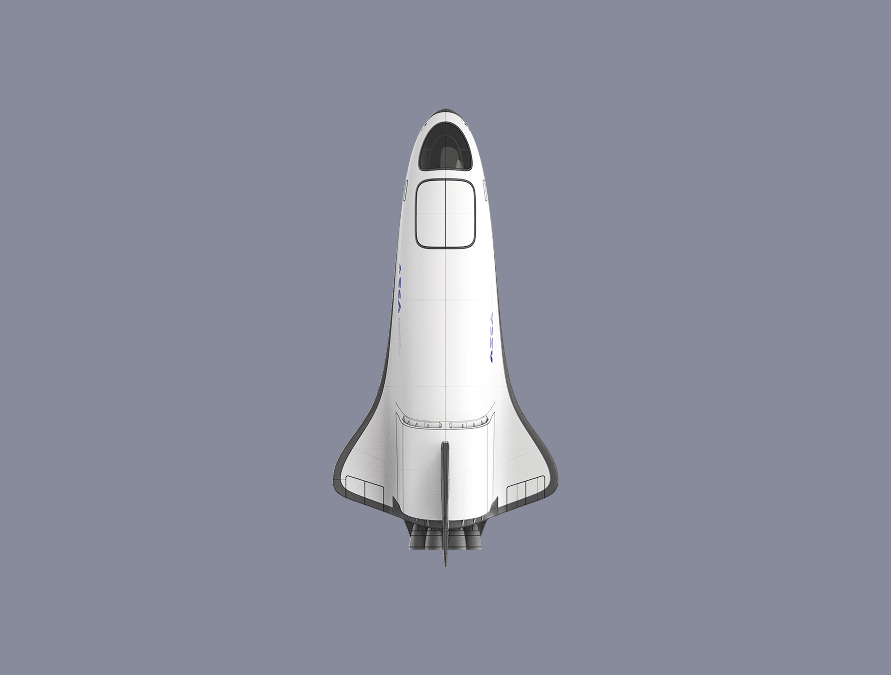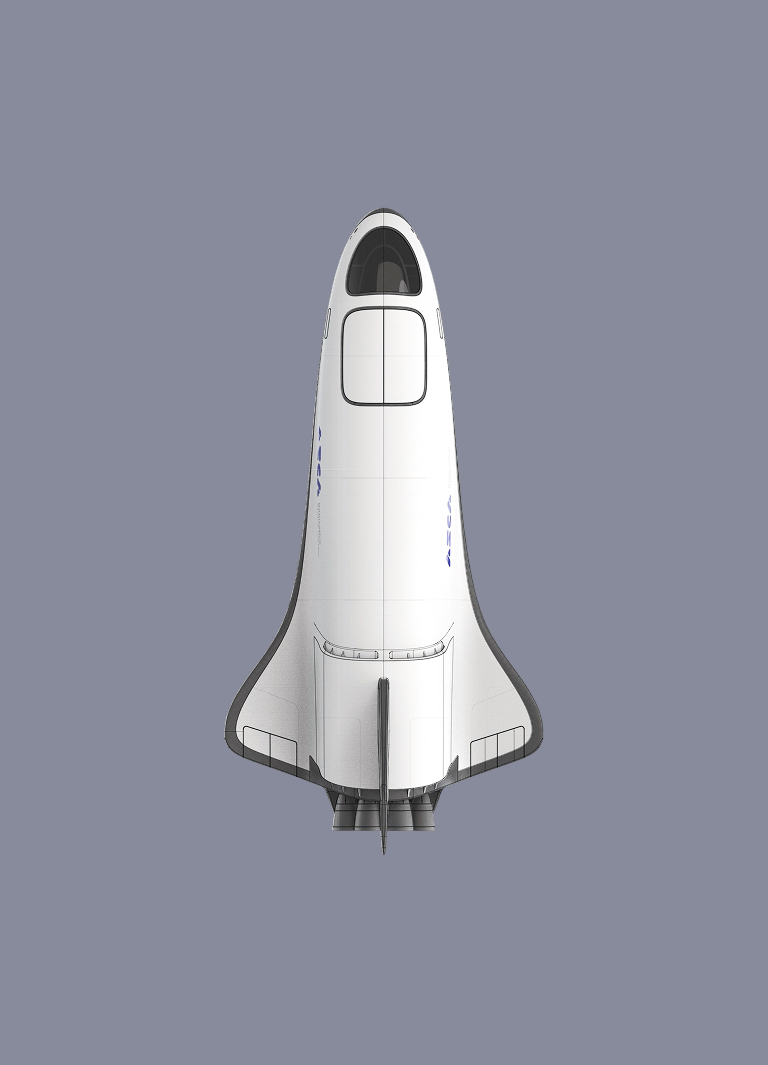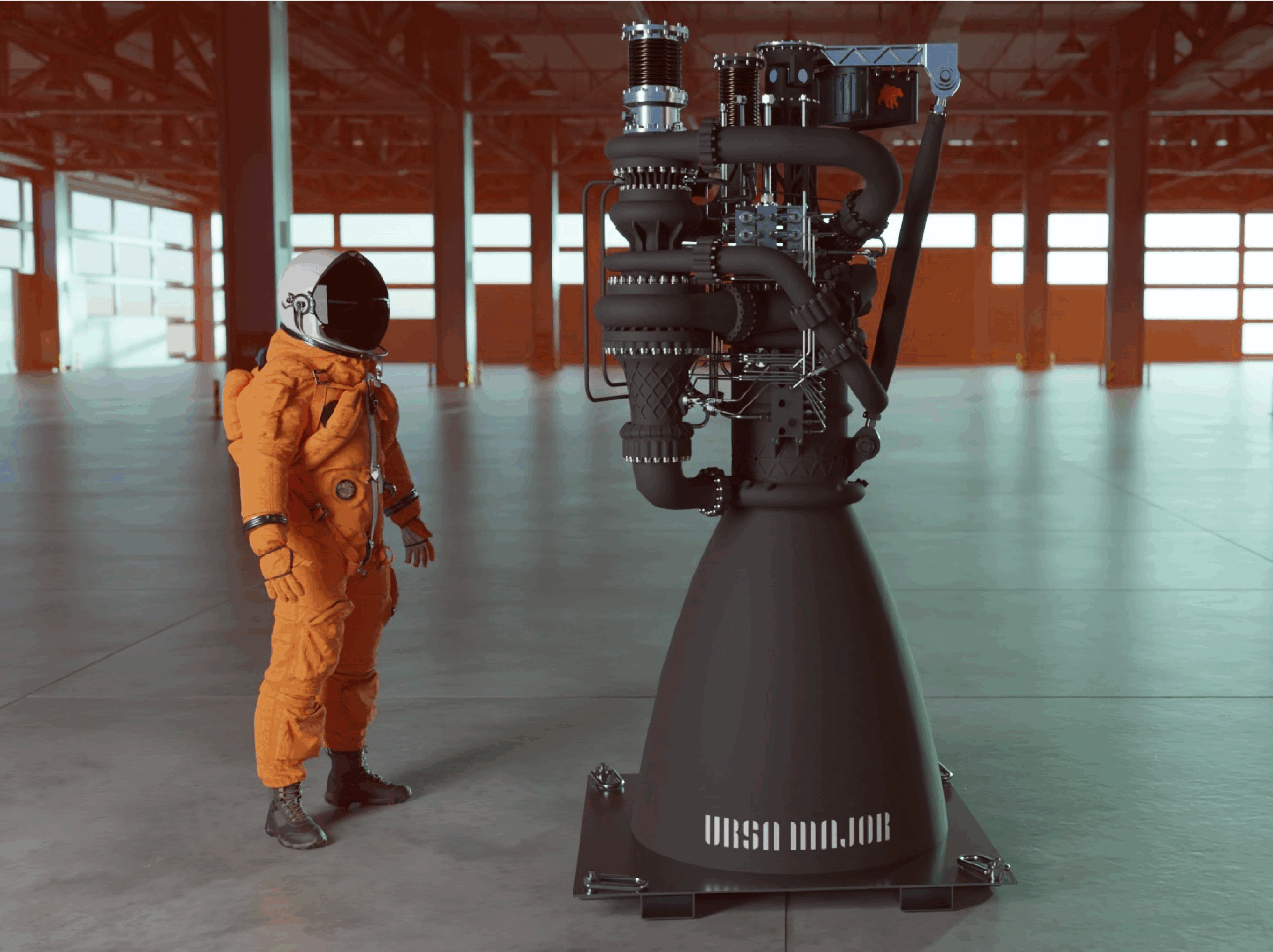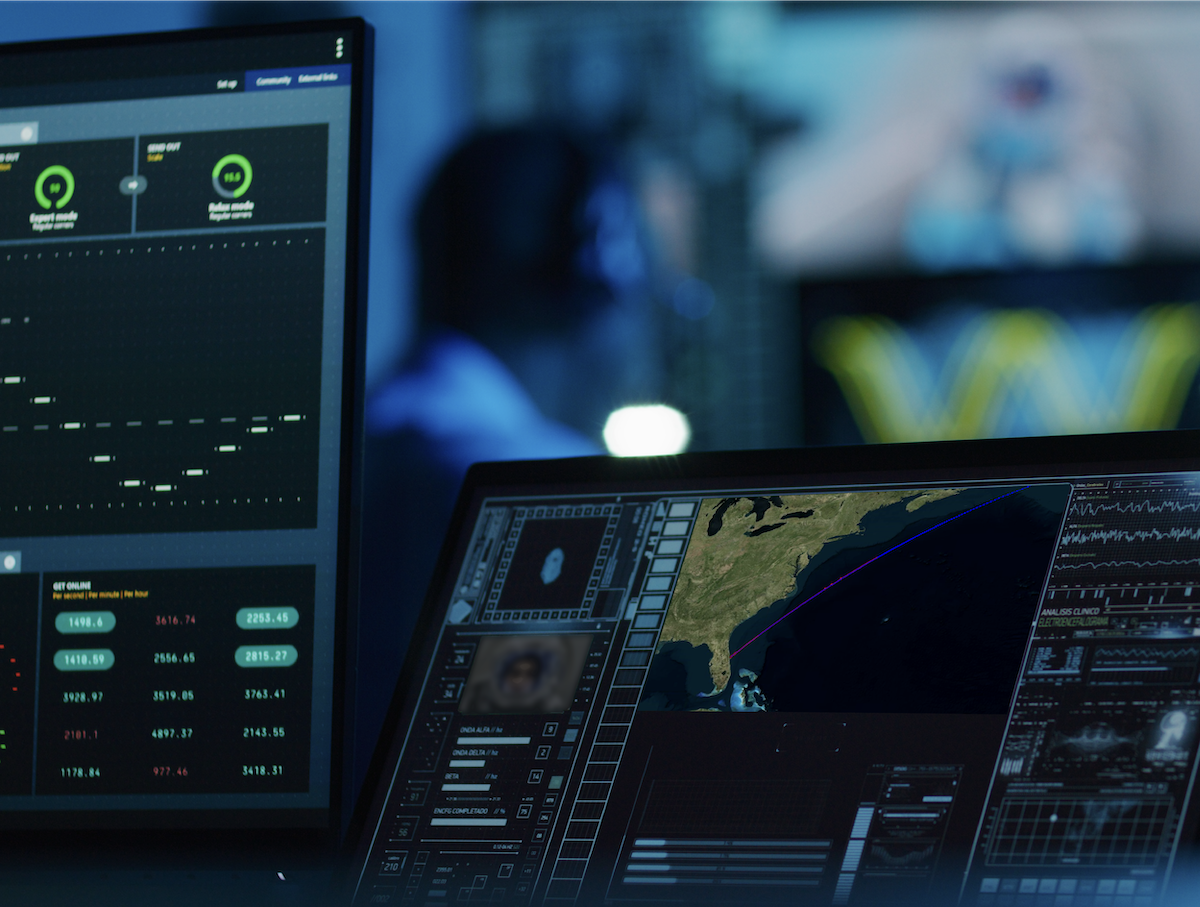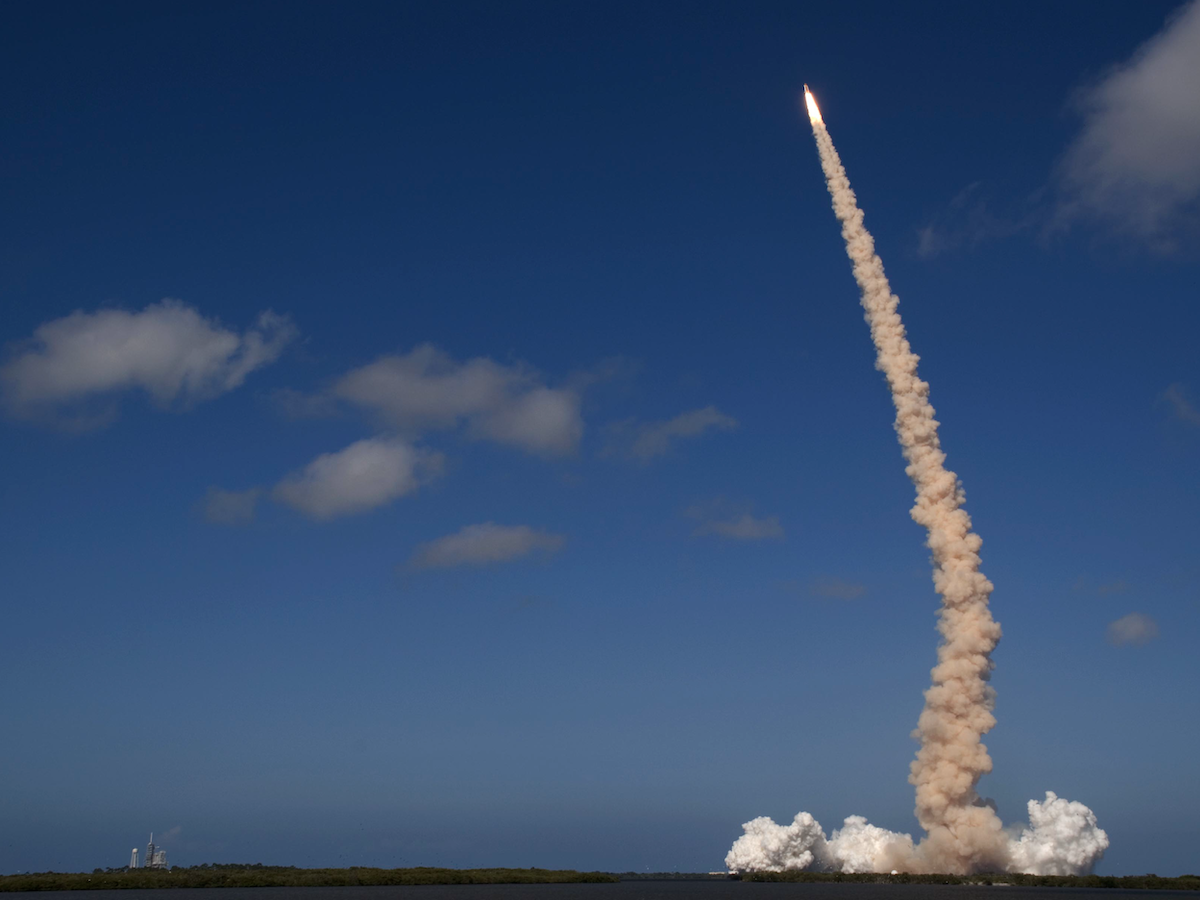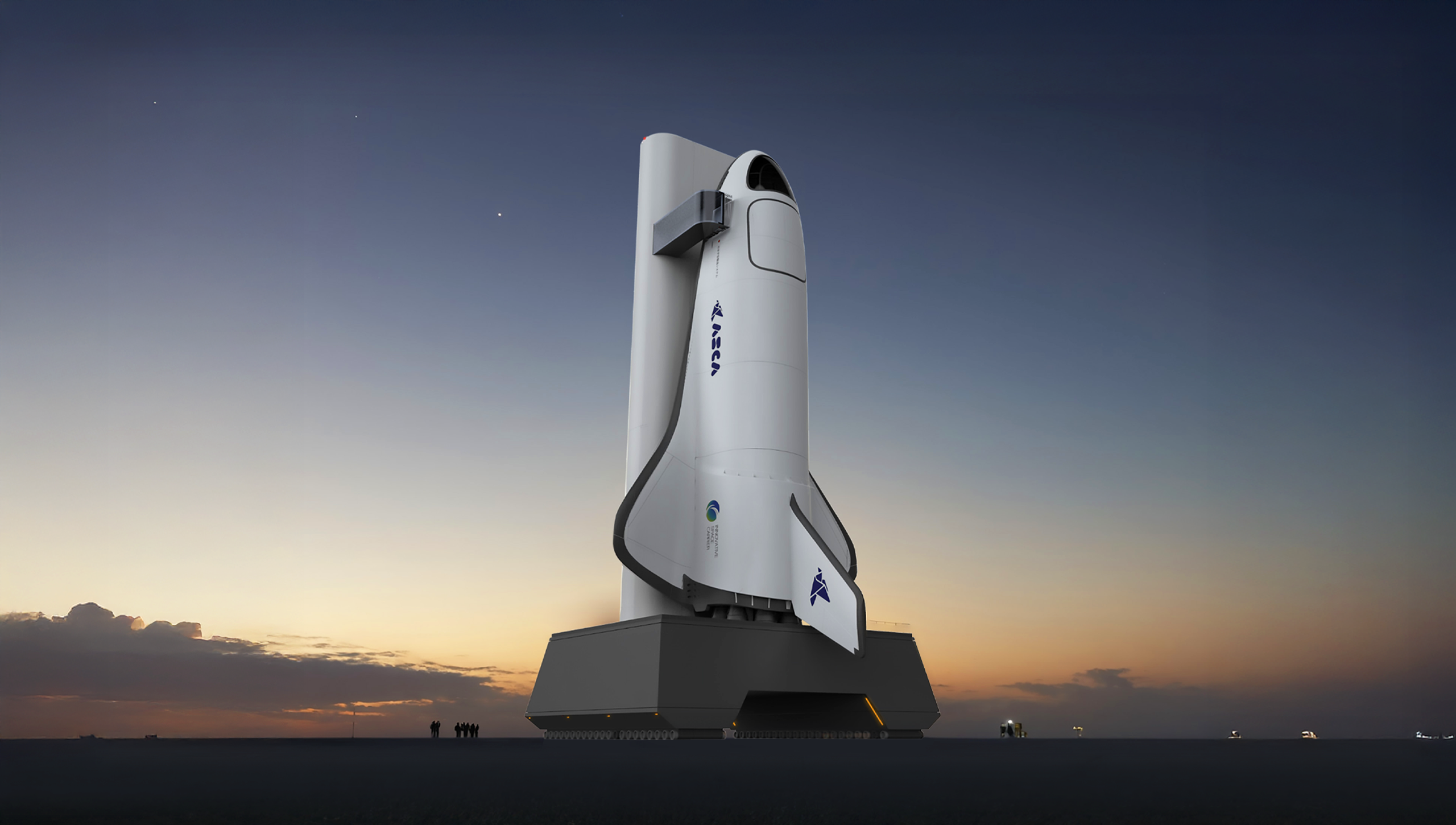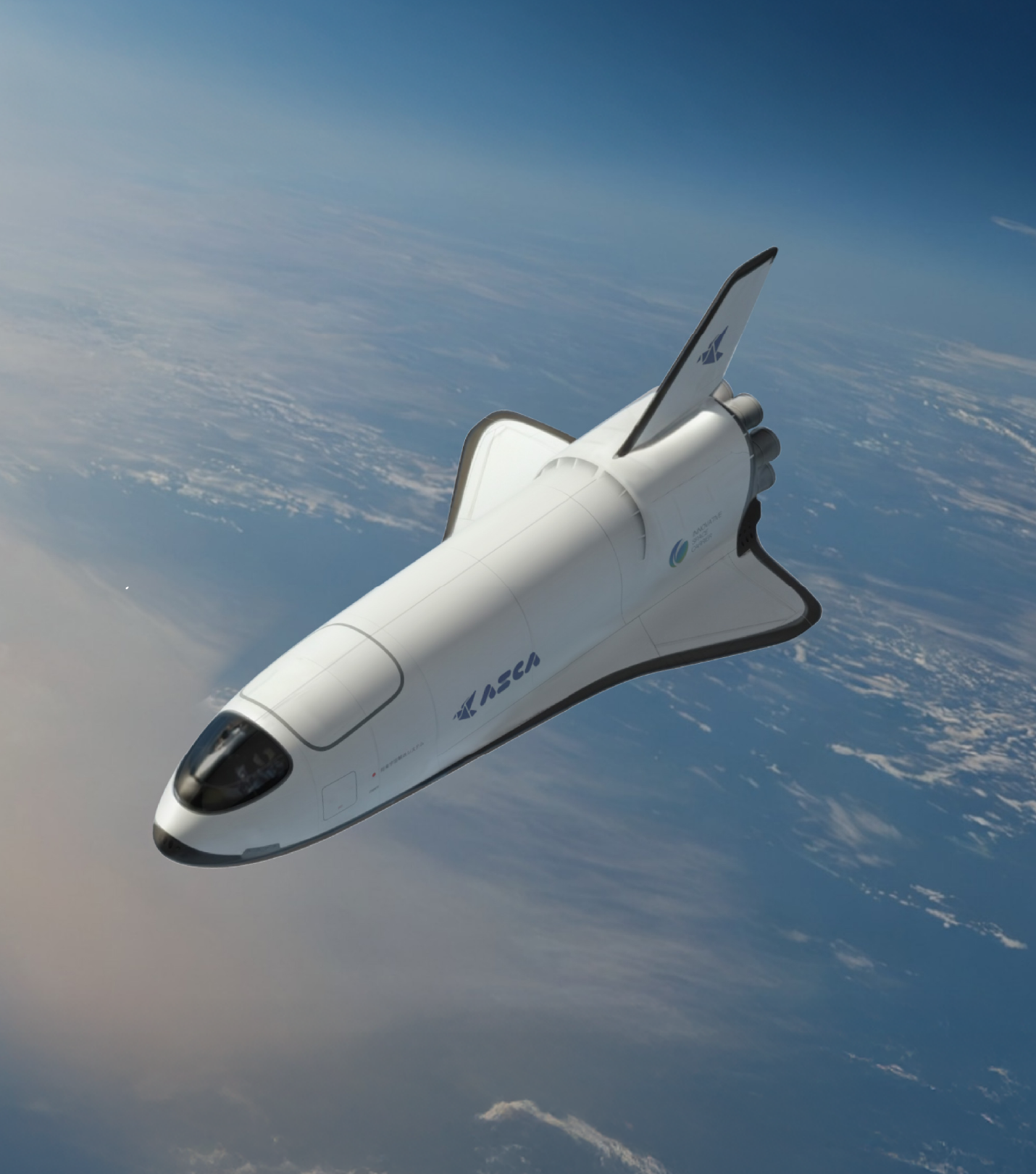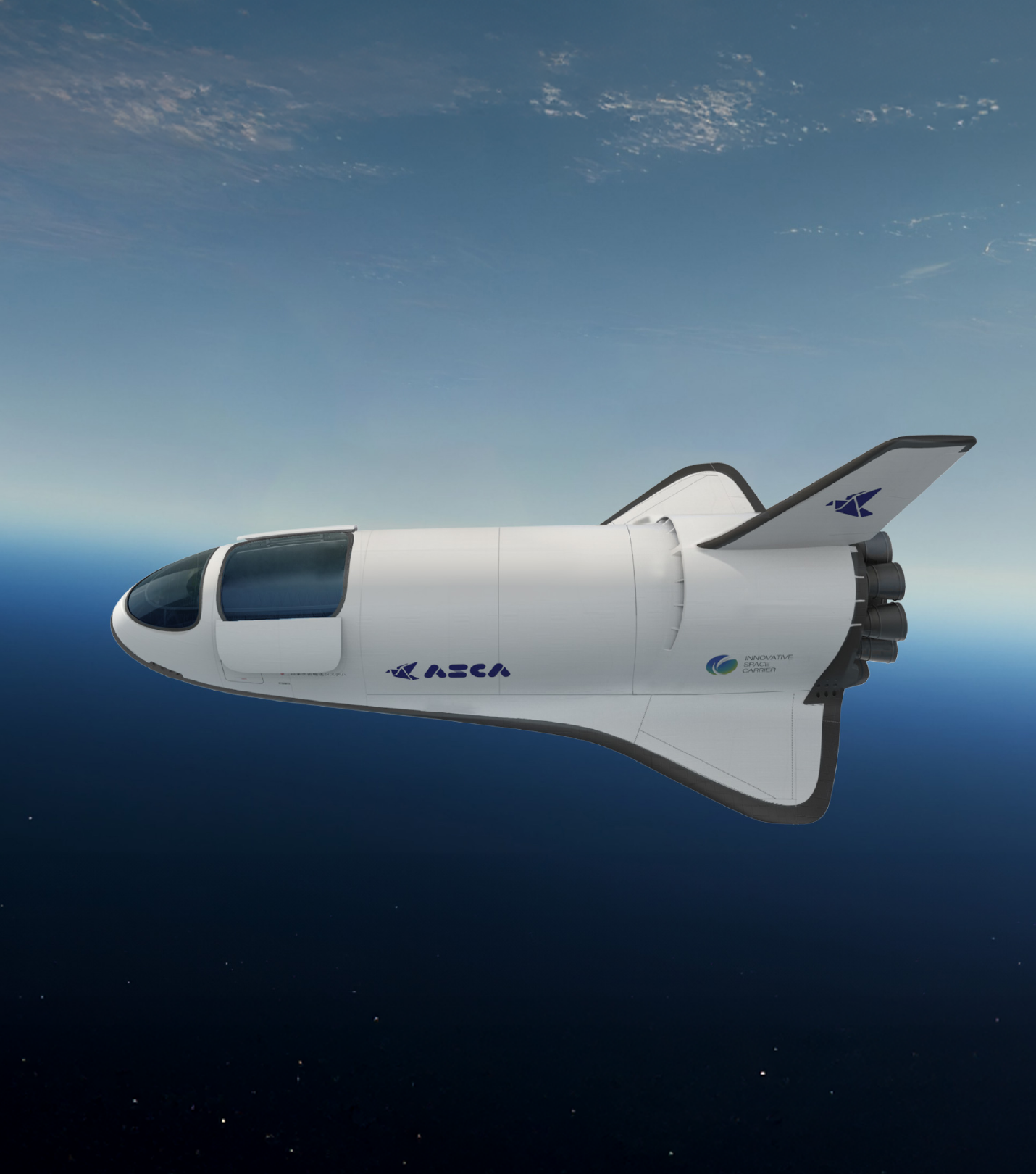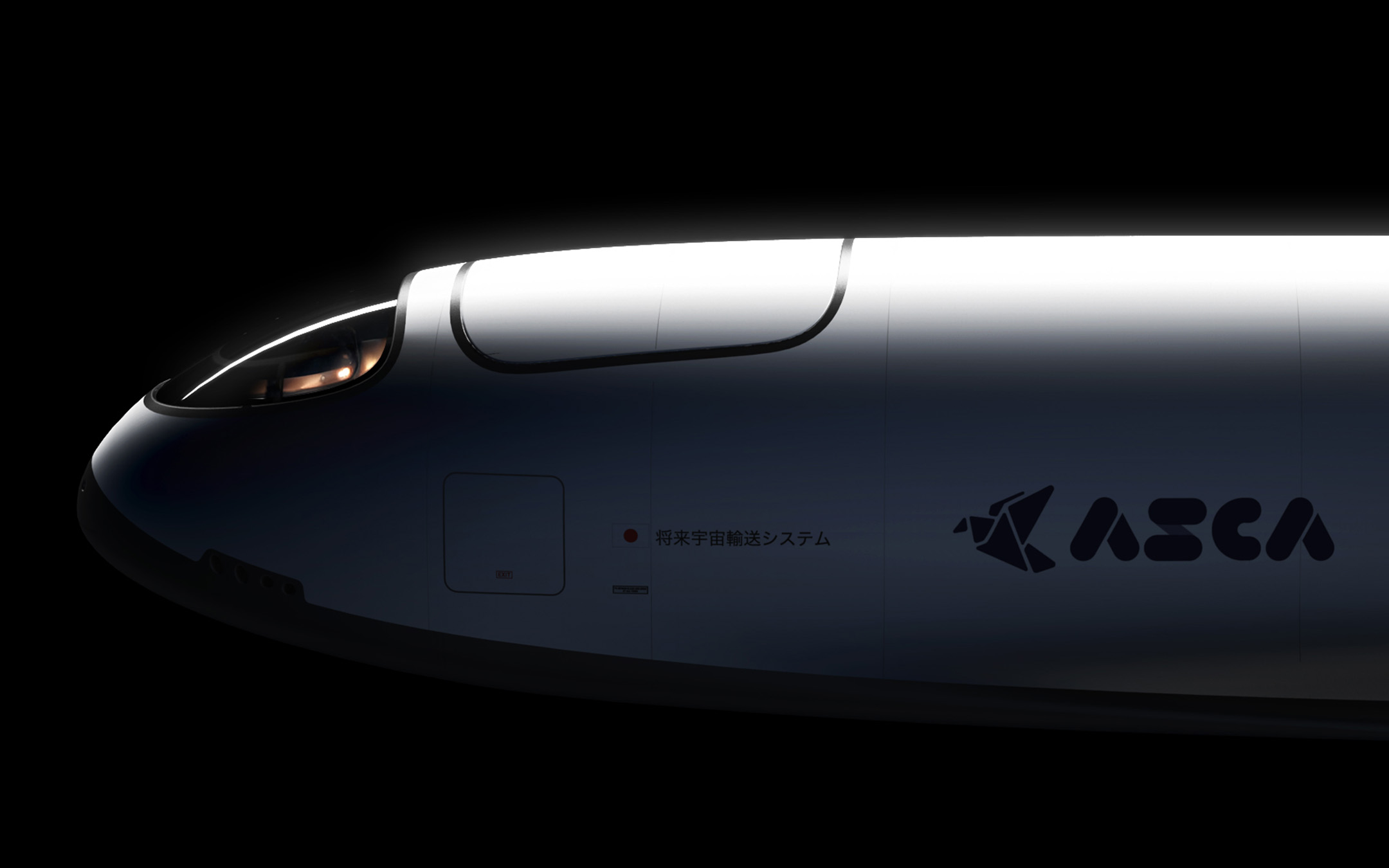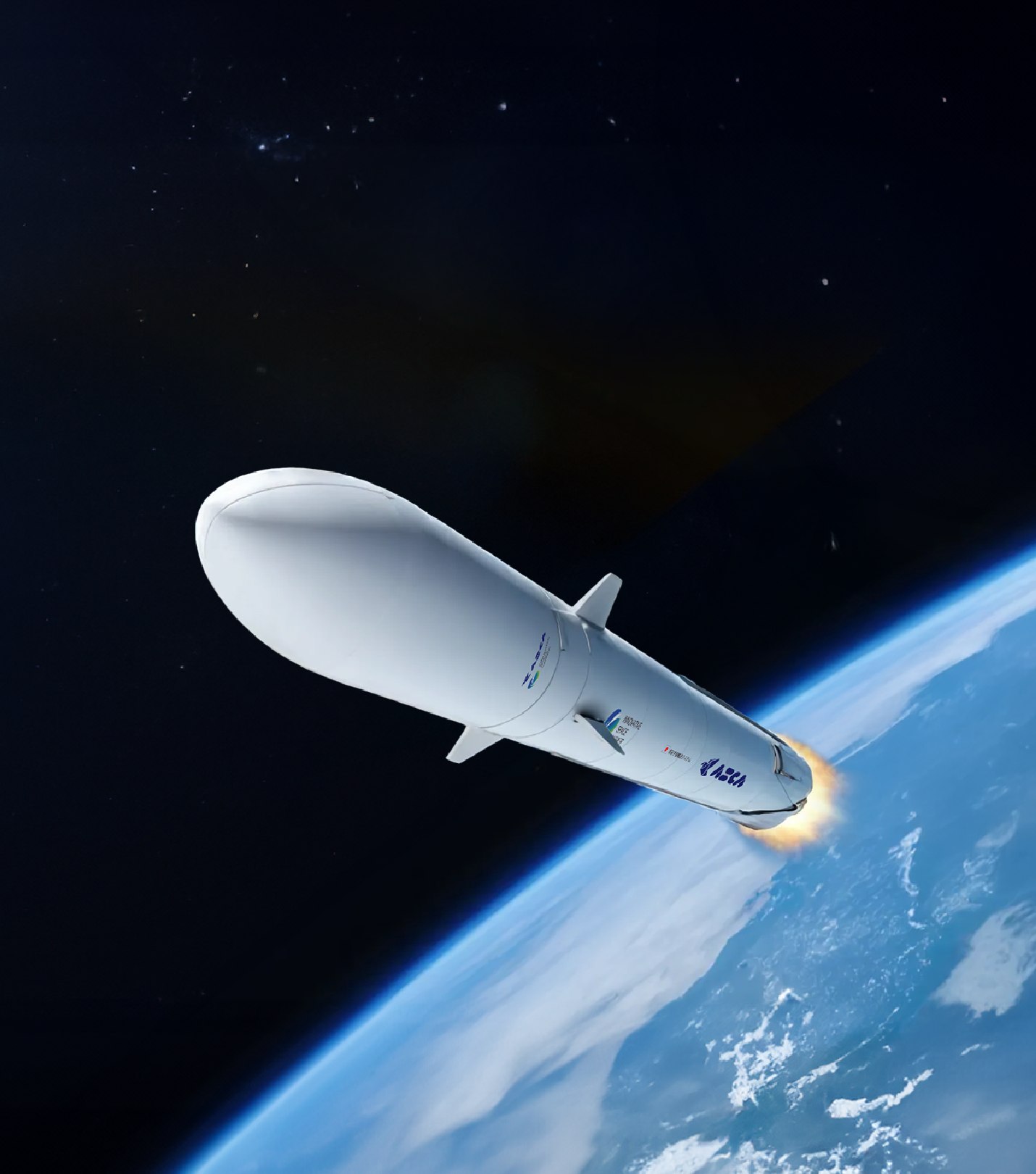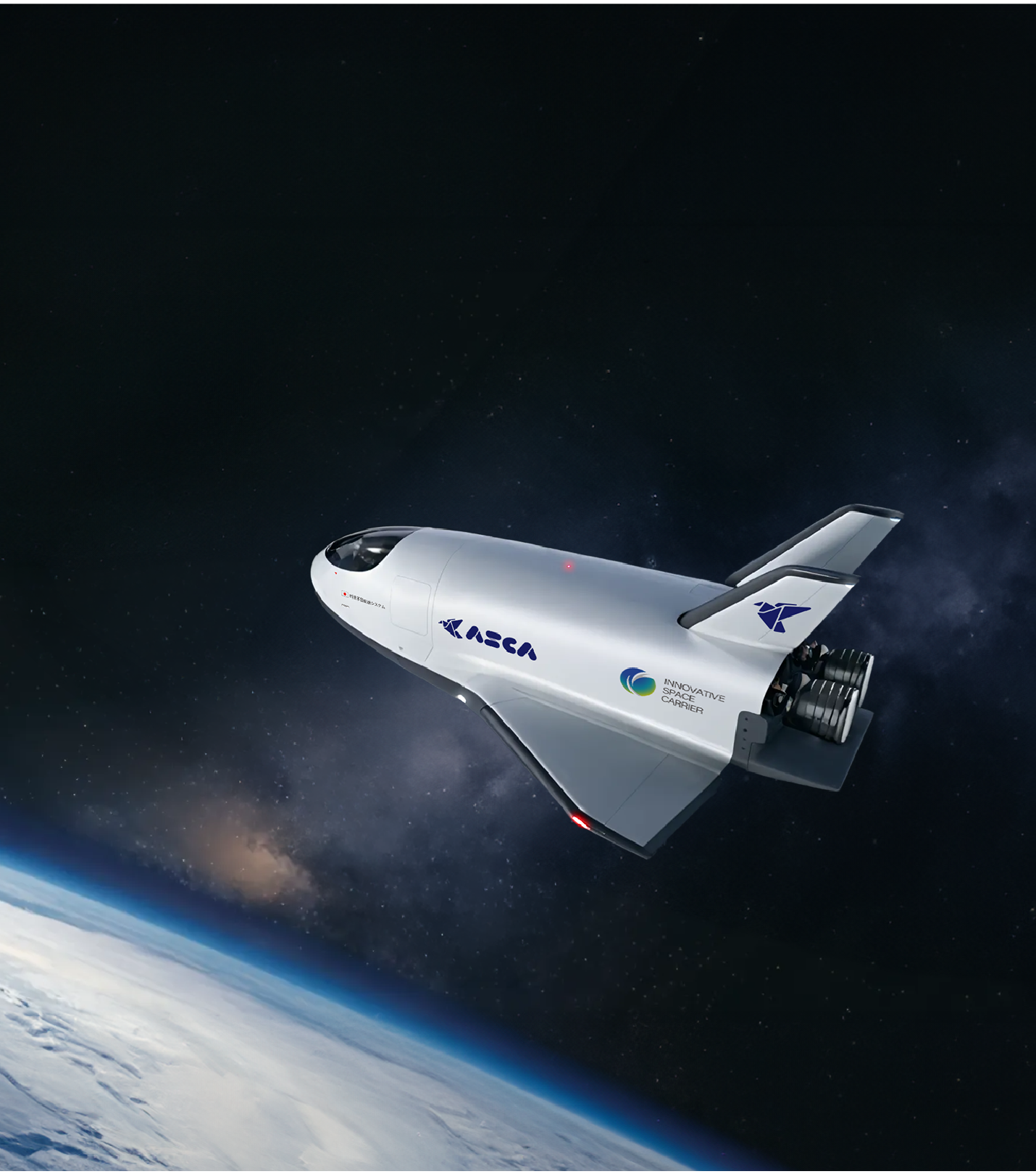2025 ASCA 1.0
ISC's first "takeoff and landing" test aircraft. The goal is to acquire attitude control and guidance control technology for the landing phase by 2025, and to establish maintenance and operation methods for reuse.
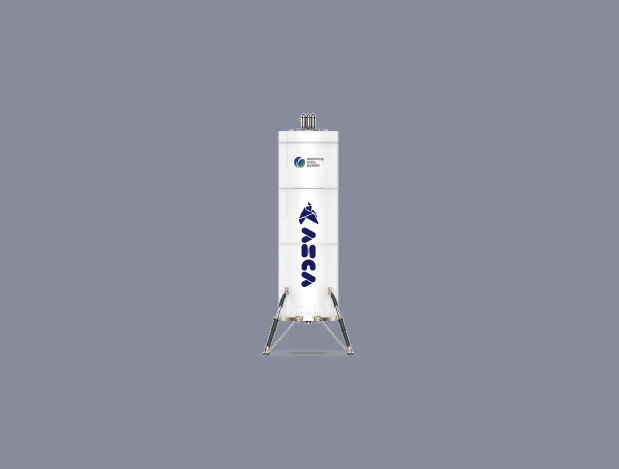
Specifications
-
First launch
the end of 2025
-
Total length
8,290 mm
-
Diameter
2,000 mm
-
Dry mass
2,629 kg
-
Gross mass
3,192 kg
-
Flight duration
34 sec.
-
Maximum altitude
100 m
-
Down range
50 m
-
First launch
the end of 2025
-
Total length
8,290 mm
-
Diameter
2,000 mm
-
First launch
the end of 2025
-
Total length
8,290 mm
-
Diameter
2,000 mm
-
Dry mass
2,629 kg
-
Gross mass
3,192 kg
-
Flight duration
34 sec.
-
Maximum altitude
100 m
-
Down range
50 m



